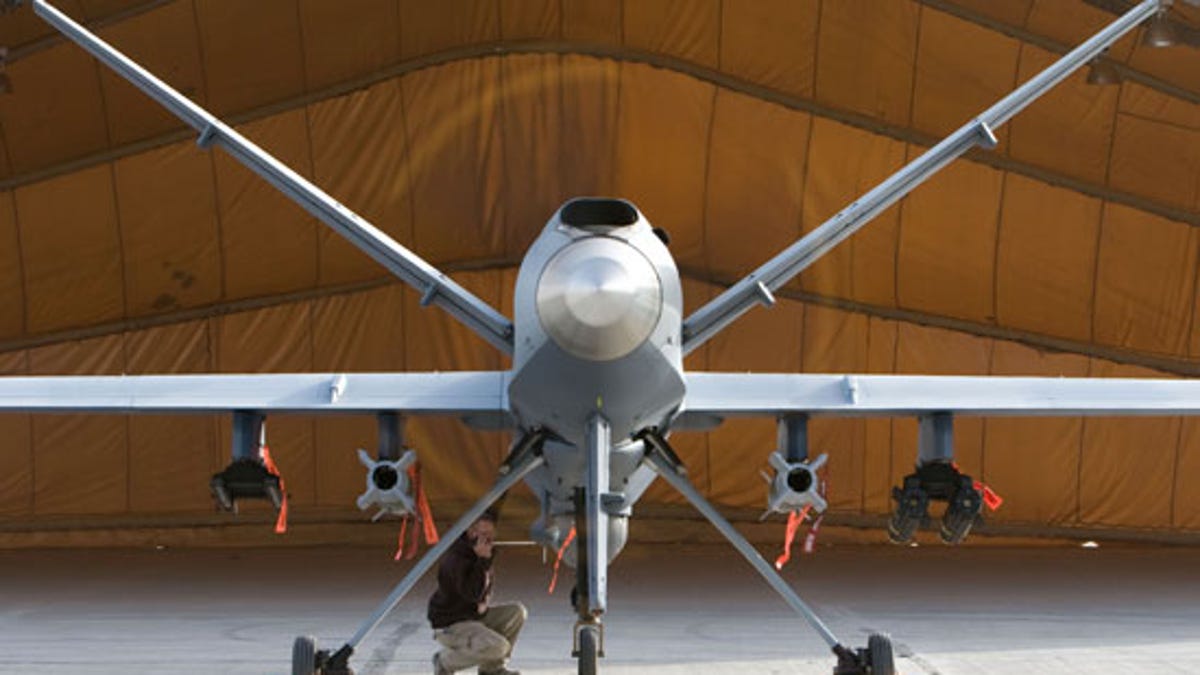UAV overload could hurt Predator program
The U.S. Army wants more of the aerial drones flying in combat zones. The Air Force says the scramble could push Predator teams to the breaking point.

It's arguably the biggest technology success for the Pentagon during the Iraq War era: the deployment of unmanned aerial vehicles for surveillance and reconnaissance missions. But could that very success could prove the undoing of the UAV corps?
The U.S. Army wants more of the aerial drones patrolling the skies, and it has the backing of Secretary of Defense Robert Gates, who has ordered the Air Force to dramatically boost the number of Predator aircraft on the front lines (at the moment, there are 22). The Air Force in turn is pushing back, arguing that the scramble could put a severe strain on Predator teams--even up to the point where they break down completely.
To read more about the UAV mission and the interservice bickering between the Army and the Air Force, see this story in the Los Angeles Times: "Pentagon battle breaks out over a spy plane.

